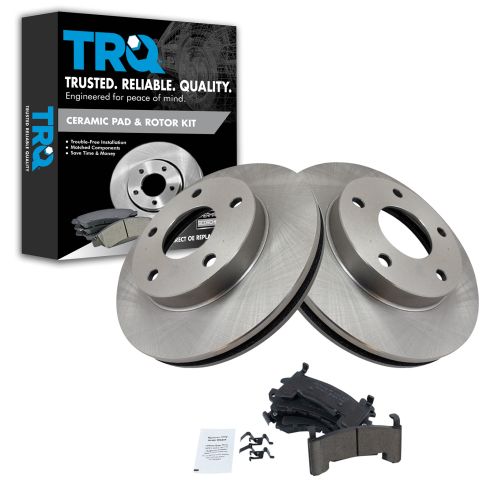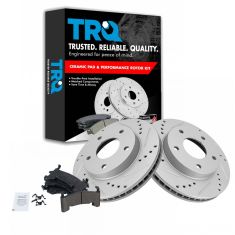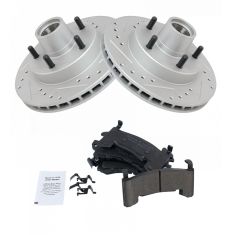1ABFS01838-Chevrolet GMC Buick Cadillac Olds Ceramic Brake Pad & Rotor Kit TRQ BKA11383

Replaces
1983 Chevrolet Blazer S10 4 Wheel Drive Front Ceramic Brake Pad & Rotor Kit TRQ BKA11383

Product Reviews
Loading reviews
5.00/ 5.0
1
1review
Quality product at a great price!
October 3, 2020
1A is my go to for parts for my two Chevy Blazers. Im never disappointed!
Customer Q&A
The brake pad and rotor kit is for one tire or both tires?
July 26, 2021
10
Both tires on one axle.
July 26, 2021
R A
Chevrolet is a registered trademark of General Motors Company. 1A Auto is not affiliated with or sponsored by Chevrolet or General Motors Company.
See all trademarks.













